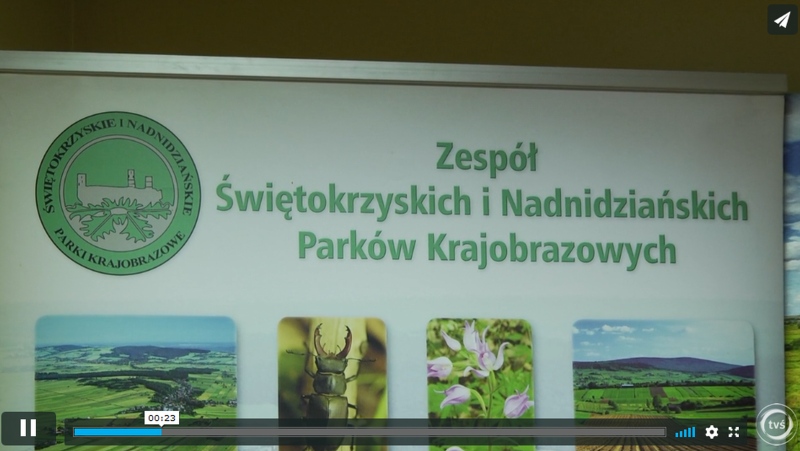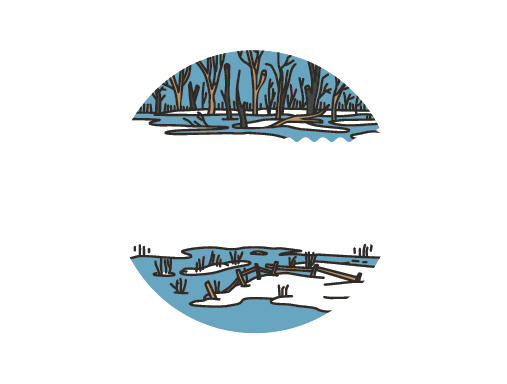
03 Jul The delta of the Nida River will regain its original character
The project prepared by the Complex of Świętokrzyskie and the Nida River Landscape Parks is aimed at the protection of oxbow lakes, riparian forests and many animal species, as well as for the restoration of the original and unique natural values of the inland delta of the Nida River. The project’s worth is over 23 million PLN, 60% of which comes from the European Union — as Telewizja Świętokrzyska stated in the material about our project.
The Nida is one of the most interesting rivers in Poland. Naturalists and foresters want to restore its original character. The “Renaturyzacja śródlądowej delty rzeki Nidy” (Eng. Renaturalization of the inland delta of the Nida River) is being launched.
— Decongesting oxbow lakes, revitalization of reservoirs, floodplains and improvement of hydrological infrastructure — as Tomasz Hałatkiewicz, the Director of the Complex of Świętokrzyskie and the Nida River Landscape Park, explains.
The project, prepared by the Complex of Świętokrzyskie and the Nida River Landscape Parks, is worth over PLN 23 million, 60% of which comes from the European Union.
— It is a great success for those who have prepared this project that out of the all the applications from 40 beneficiaries from all over Poland, that our project was selected — stressed Andrzej Bętkowski, Marshal of the Świętokrzyskie Voivodeship.
The first task will be to rebuild water relations in the area of the village of Umianowice in the Ponidzie region. After achieving that, the works aimed at creating the conditions for the restoration of unique natural values will commence. This will allow the restoration of habitats for many reptiles, amphibians, crustaceans and birds.
— It is a reintroduction of the pond turtle, fire-bellied toad, newts, various mollusks, as well as birds — white-tailed eagles, storks or bitterns — Tomasz Hałatkiewicz, the Director of the Complex of Świętokrzyskie and the Nida River Landscape Park, says.
Professor Tadeusz Zając from the Polish Academy of Sciences stressed that each restored species has its own role to play in the restoration of the original values of the inland delta of the Nida. For example, a thick shelled river mussel is a living water filter.
— If we consider that in a day and a half this small mussel filters 40 liters of water, we can see that we are dealing here with a small sewage treatment plant — prof. Tadeusz Zając from the Polish Academy of Sciences explains.




